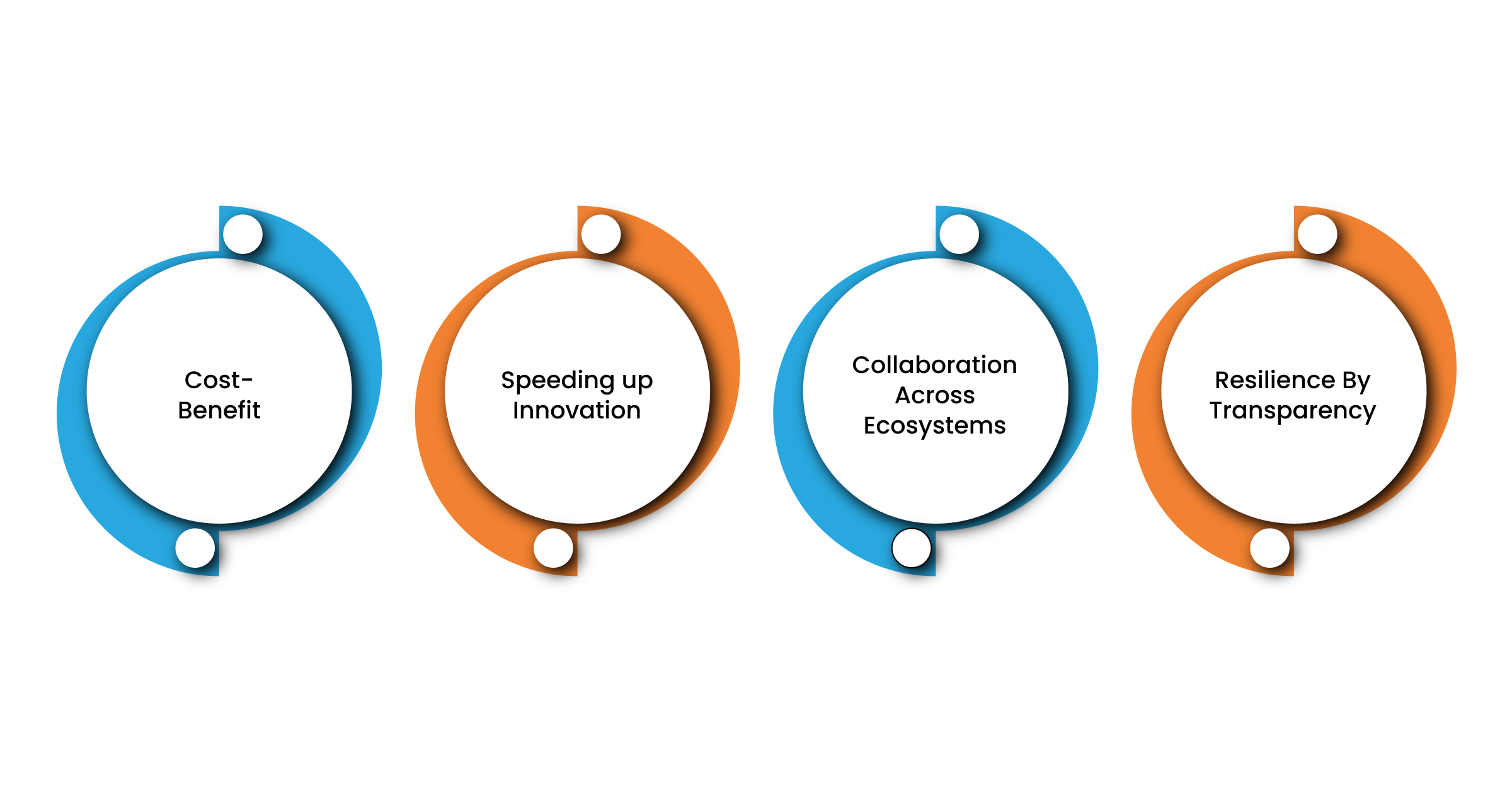In an era where technological innovation drives economic and industrial growth, the semiconductor industry stands as a cornerstone of modern advancement. It powers a smartphone, enables cutting-edge artificial intelligence, and serves many critical purposes. Among the most significant trends emerging in the industry is the adoption of open-source hardware. It encourages collaboration, reduces cost, and speeds up innovation, making it a key driver for the top semiconductor companies, design firms, and service providers.
Understanding Open-Source Hardware
Open-source hardware refers to physical technology whose design is freely shared, allowing anyone to study, modify, and distribute it. Since proprietary models are not supportive of collaboration and transparency, such models in the context of semiconductors may include chip architectures, design tools, and verification frameworks. Such initiatives include open standard instruction set architecture, often known as RISC-V. These collaborations inspire innovation and even provide smaller companies with the opportunity to offer semiconductor engineering-level services.
Benefits of Open Source Hardware for Semiconductors

1. Cost-Benefit
The designs of semiconductors are resource-based. Licensing agreements can prove expensive and out of reach for these firms and startups. Open-source hardware eliminates these barriers, enabling semiconductor design companies to reallocate resources toward innovation rather than licensing.
2. Speeding up Innovation
Open-source platforms come with pre-designed, community-tested solutions. This accelerates product development cycles because engineers can build upon existing frameworks rather than reinventing the wheel. With these platforms, semiconductor service providers can deliver more agile and cost-effective solutions to their clients.
3. Collaboration Across Ecosystems
Open-source initiatives promote global cooperation and leverage expertise from industry sectors and geographies. This democratization of technology allows established top semiconductor companies and emerging players to co-develop world-changing technologies.
4. Resilience By Transparency
Transparency in open-source hardware enhances security and reliability in open designs. The designs are highly peer-reviewed, which reduces the prospects of vulnerabilities. This is particularly important in applications such as medical devices, automotive systems, and space engineering.
Impact on Industry Stakeholders
For Top Semiconductor Companies
The open-source initiatives brought advantages to the top companies as they tapped into community innovation to complement their in-house proprietary R&D. Accordingly, opening up integrated solutions would save costs, speed up time-to-market, and make way for premium proprietary innovations to be pursued.
For Semiconductor Design Companies
Open-source frameworks let the firm experiment and prototype at a fraction of the traditional approach. Such openness to this kind of development fosters creativity, and smaller firms will be able to compete more effectively with established players in the industry, making it a more diverse and dynamic market.
For Semiconductor Service Providers
Open-source tools also expand their service portfolios by delivering tailored solutions to customers’ custom needs based on niche expertise and application requirements. Companies tend to be reluctant to adopt open-source development in their product development, fearing that their competitive advantage will be compromised.
Challenges and the Path Forward
Open source does have problems, though;
- IP Concerns: Businesses often fear adopting an open source model, fearing their competitive advantage will diminish.
- Quality Assurance: Testing and validation are the only guarantees that can ensure the reliability of open-source designs.
- Ecosystem Integration: Integrating proprietary systems with open-source components is a complex process.
Building trust and cooperation among industry players will help address the challenges that need to be overcome to realize the full potential of open-source hardware. Standardized protocols and robust governance frameworks will be very crucial to this effect.
The Rise of New Opportunities
Open-source hardware opens up new avenues for innovative application cases in various industries. For example, it facilitates the development of cost-effective and interoperable devices on open-source platforms in the Internet of Things domain. The innovations that can be accelerated, in this case, for autonomous vehicles and smart transportation systems, are really benefiting from open-source frameworks in the automotive sector. In this way, it enables more participation by businesses and benefits from technological revolutions, mitigating the problems that arise from proprietary solutions.
Open-source hardware also trains the next semiconductor engineers. The education and research communities will train future semiconductor engineers on open-source hardware. It enables universities and research centers to experiment with new architectures using open platforms and directly integrate innovations into industries.
Driving Sustainability Through Open-Source Hardware
The environmental implications of semiconductor manufacturing are colossal. Open-source hardware can promote sustainability by optimizing design processes and allowing parts to be reused. Open-source frameworks for such technology promote a more circular approach to developing technology, thereby reducing waste and energy consumption. For instance, the modularity of design via standardized interfaces allows for upgrades or even device repair instead of being trashed. This falls into overall initiatives to minimize e-waste.
But that is not all; it allows the creation of smart energy management systems with more efficient chips to power grids optimized for renewable energy sources. All of this can be packaged into a crucial role that the semiconductor industry can play in addressing global sustainability challenges.
Semiconductor Industry Outlook for 2025: Trends and Predictions
The Role of Tessolve in Advancing Open-Source Innovation
Tessolve, a leader in semiconductor engineering and solutions, demonstrates how open-source hardware power can be leveraged. It is in the design of semiconductors and testing with systems solutions that reach many industries, including the automotive and aerospace sectors. It’s blending with open-source innovation, which means Tessolve enables clients to bring products to market faster and at a significantly lower cost.
Tessolve, with its range of services, offers chip design and post-silicon validation, helping businesses navigate the complex landscape of semiconductors. Whether partnering with the top semiconductor companies or assisting startups to take flight, Tessolve brings innovation into reality and converts ideas into execution.
Let’s Conclude
Open-source hardware is revolutionizing the semiconductor industry through collaboration, cost reduction, and the acceleration of innovation. For semiconductor design companies, top companies, and service providers, embracing this paradigm is no longer optional but essential.
A forerunner that utilizes open-source technologies to deliver unmatched solutions, Tessolve is client-centric and committed to excellence, enabling businesses of all sizes to unlock their full potential through open-source hardware. Learn how Tessolve can help your semiconductor innovations today.





